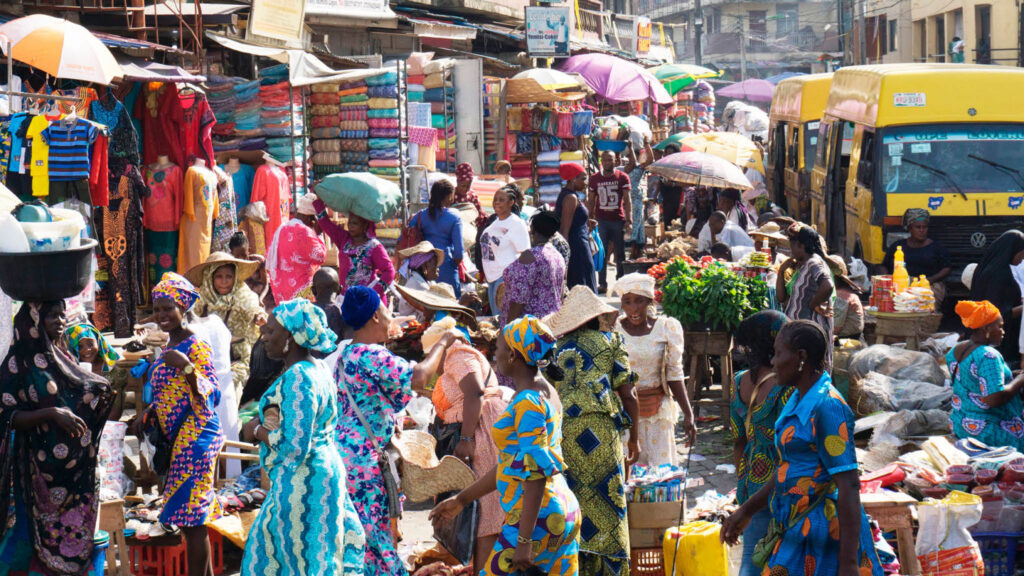The International Monetary Fund (IMF) estimates that through 2030, developing and emerging markets will require $3 trillion annually to finance both their development objectives and the transition to a cleaner energy system.
This poses a significant challenge, especially for low-income countries, and amounts to roughly 7% of the combined GDP of these nations in 2022.
“Our new research finds that many countries have the potential to increase their tax-to-GDP ratios—enabling them to provide critical government services—by as much as 9 percentage points through better tax design and stronger public institutions.
“Making use of this potential would also contribute to financial development and private sector entrepreneurship. Easier financing, in turn, together with efficient and well-targeted spending, including to strengthen social safety nets, would go a long way toward delivering sustainable development.
“The average tax-to-GDP ratio in emerging market and developing economies has increased by about 3.5 percentage points to 5 percentage points since the early 1990s, driven primarily by taxes on consumption such as value-added and excise taxes”, it said.
IMF reports that some nations, including Albania, Argentina, Armenia, Brazil, Colombia, and Georgia—all of which mobilised more than 5 percentage points of GDP—have been remarkably successful in raising revenue. However, a large portion of this growth occurred before the global financial crisis of 2008, indicating that progress has been challenging and brittle in the face of recent shocks.
“Moreover, progress on raising revenue since the early 1990s has varied widely across countries. Half of emerging market economies and two-thirds of low-income countries had a tax-to-GDP ratio in 2020 that was lower than 15 percent— a tipping point above which growth has been found to accelerate. And resource-rich countries have typically generated less tax revenue, as some governments reduced taxes as a result of higher revenue from natural resources.
Based on the maximum amount of tax revenue a nation can raise given its economic structure and institutional framework, countries have plenty of room to raise their revenue collections.
“We find that low-income countries could raise their tax-to-GDP ratio by as much as 6.7 percentage points on average. Improving public institutions, including reducing corruption, to the level of those in emerging market economies would result in an additional 2.3-point increase.
“The total revenue-raising potential, at 9 percentage points of GDP—a staggering two-thirds increase relative to their tax-to-GDP ratio in 2020—would go a long way toward enabling the state to play its crucial role in development.
“Similarly, emerging market economies can raise their tax-to-GDP ratio by 5 percentage points on average, while improving their institutions to the average of advanced economies could raise an additional 2 to 3 points.
“Some policymakers hope for additional revenue from the ongoing international collaboration on taxing profits of large multinational corporations. But the direct revenue impact of this initiative is likely to represent only a tiny fraction of the overall revenue needs, as shown in a February policy paper. To build tax capacity, governments will need to take a holistic and institution-based approach that focuses on leveraging core domestic tax policies. We offer the following concrete advice: improve the design and administration of core domestic taxes—value-added taxes, excises, personal income taxes, and corporate income taxes”.








More Stories
Tinubu sacks NNPCL CEO Mele Kyari, replaces him with ex-Shell MD, Ojulari
Customs commences implementation of zero tax on imported pharmaceutical inputs for two years
NNPC’s termination of Naira for crude deal with Dangote heightens FX demand, as Naira weakens